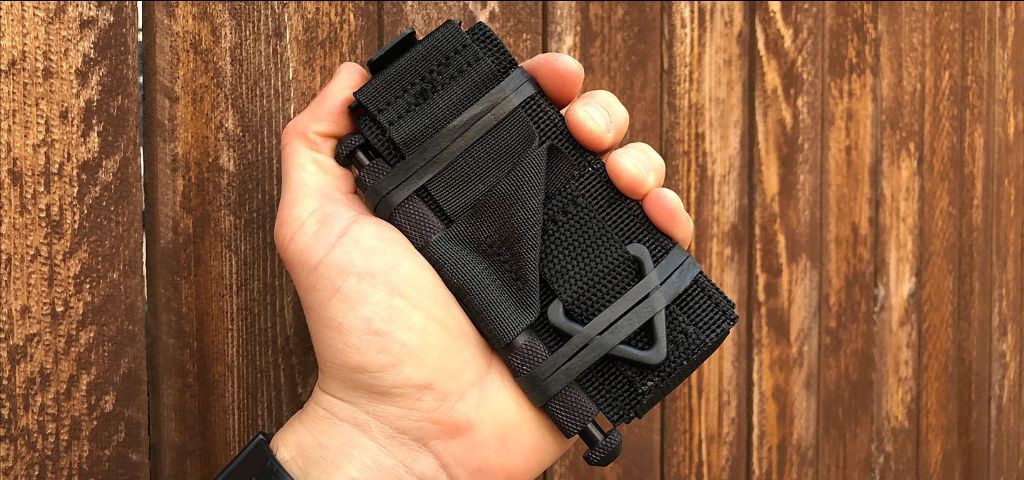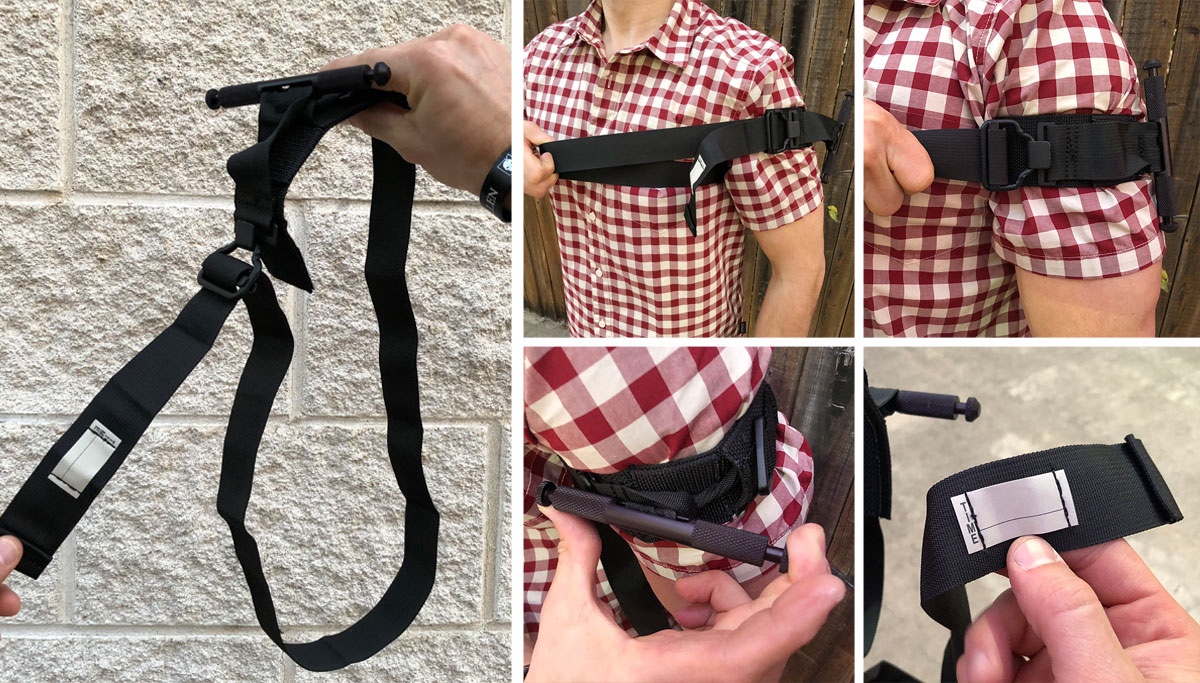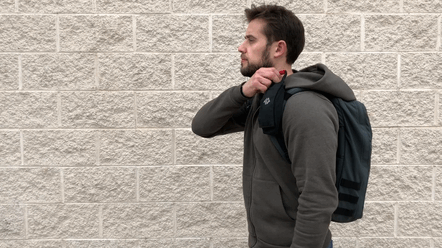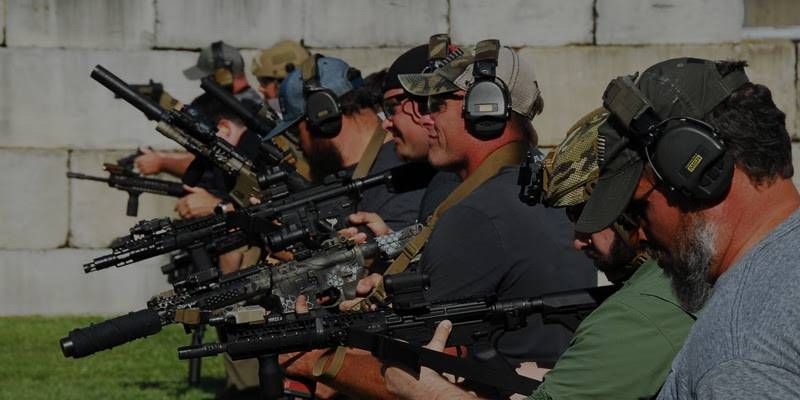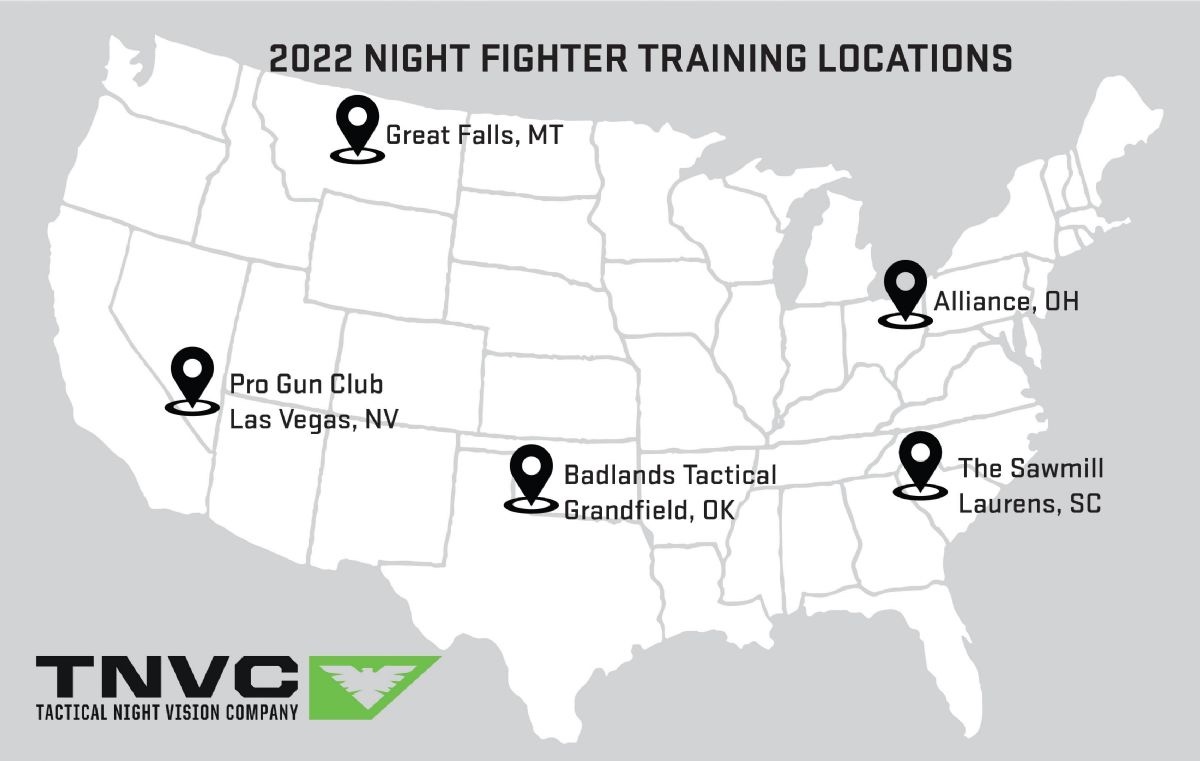
NEW YORK — New York Army National Guard officers and senior sergeants used New York City to explore the challenges of military operations in big cities during a five-day class that ended Nov. 6.
The 18 officers and senior noncommissioned officers walked through the city’s neighborhoods, flew over them and toured the waterfront to gain an appreciation of the complexity of urban warfare. They also learned from New York City officials who deal with those urban challenges every day.
“This class was critical in terms of bridging a knowledge gap between military operations and working with our civilian counterparts,” said Lt. Col. Jason Secrest, commander of the 2nd Squadron, 101st Cavalry Regiment.
“The course was helpful for whether we’re involved in large-scale combat operations or if tasked with stability operations, like humanitarian assistance disaster relief at home,” Secrest said.
The New York National Guard is hoping to create a two-week Dense Urban Leaders Operation Course — DULOC for short — that would draw officers and NCOs from across the Army to New York City to get a first-hand look at the challenges of combat operations surrounded by high-rise buildings, tight city streets and hundreds of thousands of civilians.
“Here, in New York City, we were able to learn from our civilian counterparts about how these megacities and trends of urbanization affect operations, planning and troop movement,” said Lt. Col. Matthias Greene, commander of the 3rd Battalion, 142nd Assault Helicopter Battalion.
Some things Greene said he had to consider during the course were the complexities of the airspace, dense buildings, and population bases, all of which affect aviation operations.
Lt. Col. Brian Higgins, the class leader and a New York City Police Department detective, spent two and a half years on active duty as the officer-in-charge of the Dense Urban Terrain Detachment of the Army’s Asymmetric Warfare Group at Fort Meade, Maryland.
His job there, Higgins said, was to take the expertise he’d honed as a cop in one of the world’s densest cities — New York City’s population is 8.2 million and the metro area population is 20.3 million — and help the Army figure out how to fight in those places.
“The problem has to do with globalization trends,” Higgins explained. “The world is becoming more populated. The majority of people are living in cities for a variety of reasons.”
These cities include very tall buildings and subterranean geography of subways and service tunnels and are incredibly interconnected, Higgins said.
The Army’s traditional approach to cities in the past was to bypass them, isolate them, and avoid getting bogged down in a punishing fight, Higgins said. That may have worked when cities were smaller and more compact, he said. But with the rise of the megacity — those with populations of more than 10 million — it doesn’t work anymore. The city is too big to go around.
There’s nothing new about Soldiers using New York for exercises, Higgins said. Military teams continually visit to learn about cities.
Task Force 46, a National Guard team designed to react to chemical, nuclear, and biological attacks, trained there in August. The New York National Guard trains with the police and fire department regularly, focusing on civil support operations.
Lt. Col. Dan Colomb, commander of the 24th Weapons of Mass Destruction Civil Support Team (CST) based out of Fort Hamilton in Brooklyn, volunteered to participate in the course with his deputy commander and operations officer to offer their expertise in urban operations but to also take new concepts back to their team.
“Every day we work in New York City and the metro area,” said Colomb. “We’re those sensors that are out in the environment and these streets every day, so I’d like to take some of these methodologies, apply them and see if they work better,” he said.
The course focused on getting Soldiers in command and key staff positions, who all have different specialties, to understand how a big city works and how that can affect military operations.
The Soldiers walked through downtown Manhattan, where the streets are narrow and irregular, explored Harlem, where the streets are in a grid, and visited the world-famous subway system.
Secrest said it was the first time in his 22 years in the National Guard that he’d been part of a military course tailored to urban operations.
“We talk about liaison operations with other state and city agencies, but this is the first time we’ve sat down and say, ‘OK, how do we operate in an urban environment?’ ” Secrest said.
Instructors included experts from the Modern War Institute at the U.S. Military Academy and the National Center of Urban Operations, a think-tank that focuses on military operations in megacities. New York City fire officials, transit staff and emergency managers also took part.
Greene noted the collaboration of the course with civilian counterparts as well as having the opportunity to walk the terrain were critical.
“There’s practical knowledge by going onto the grounds, having subject matter experts, and collaborating with classmates who offer perspectives in their areas of expertise as well,” Greene said. “Learning from the perspective of our civilian counterparts is important because we’re able to gauge what they have to offer, what their limitations are, and how we can integrate ourselves into the solution.”
Every morning the class heard from the subject matter experts on military doctrine, military estimates and the “Five Is” of city fighting — infrastructure, interoperability, information operations, interagency, intensity. In the afternoons, they went out and looked around as part of terrain walks.
Higgins and New York National Guard leaders would like to create a two-week course exploring urban operations in more detail. But the week-long class was an excellent start, Higgins said.
Story by By Eric Durr and SPC Marla Ogden, New York National Guard
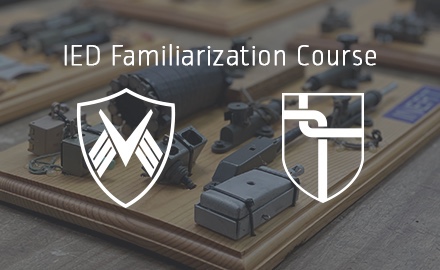


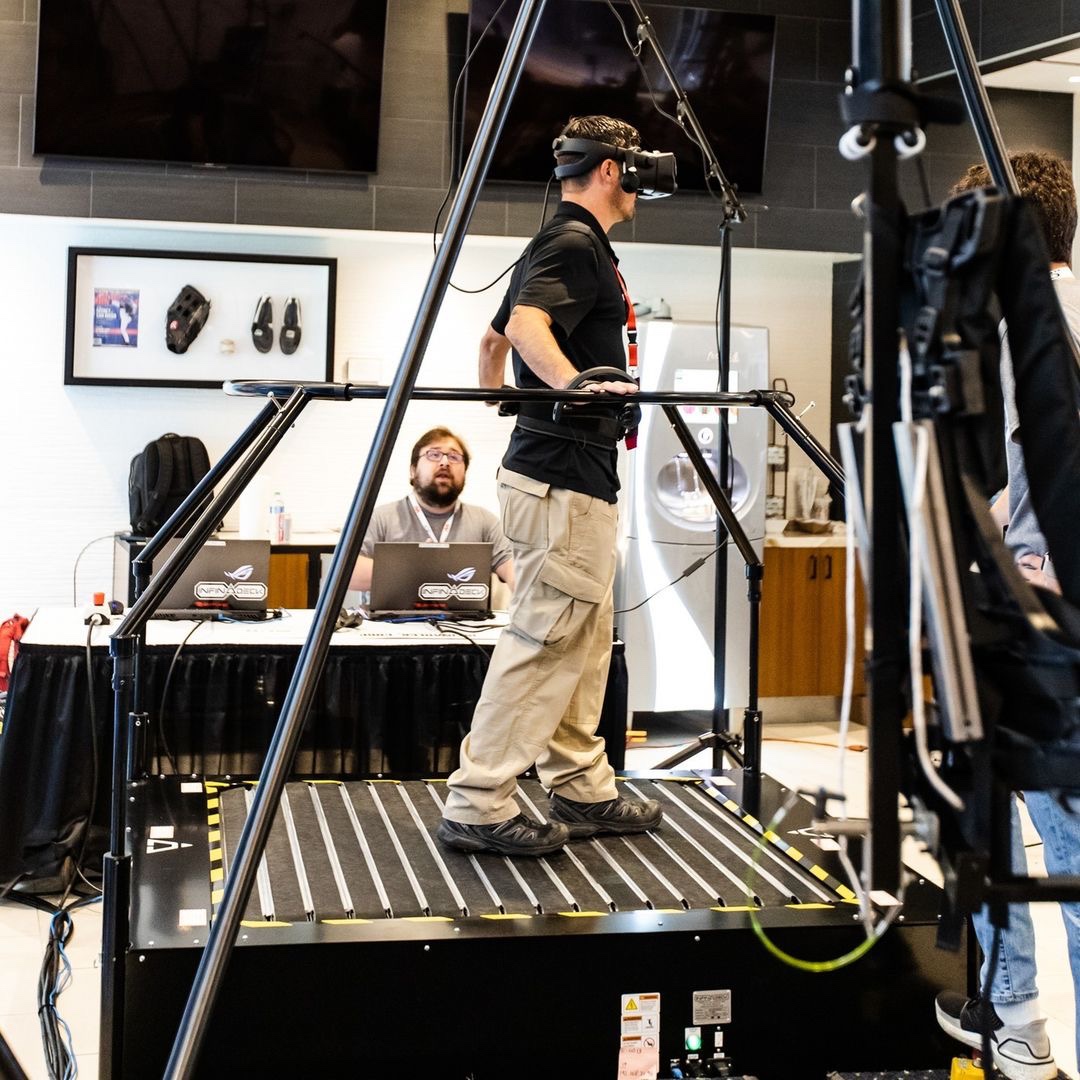
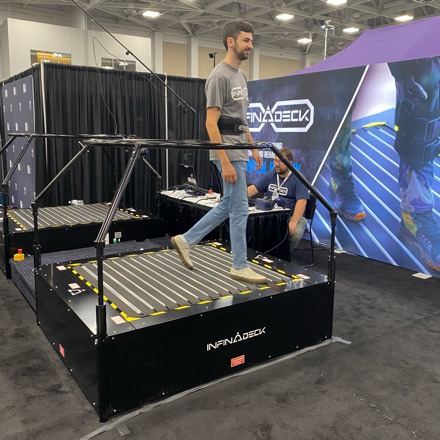

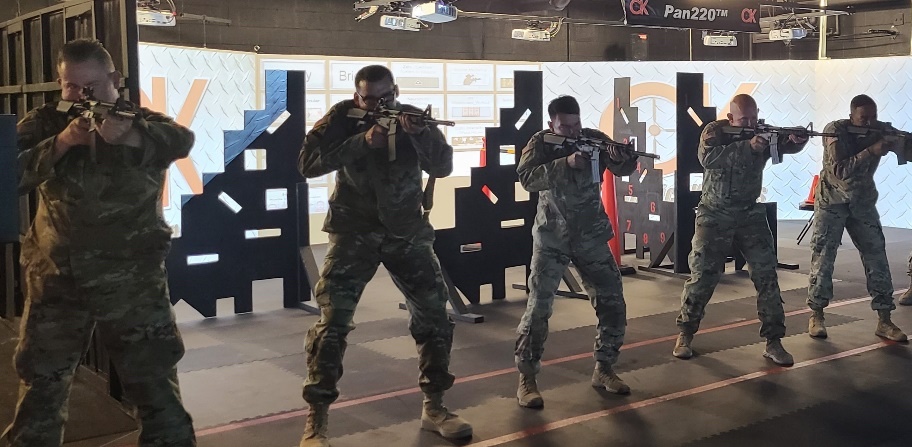
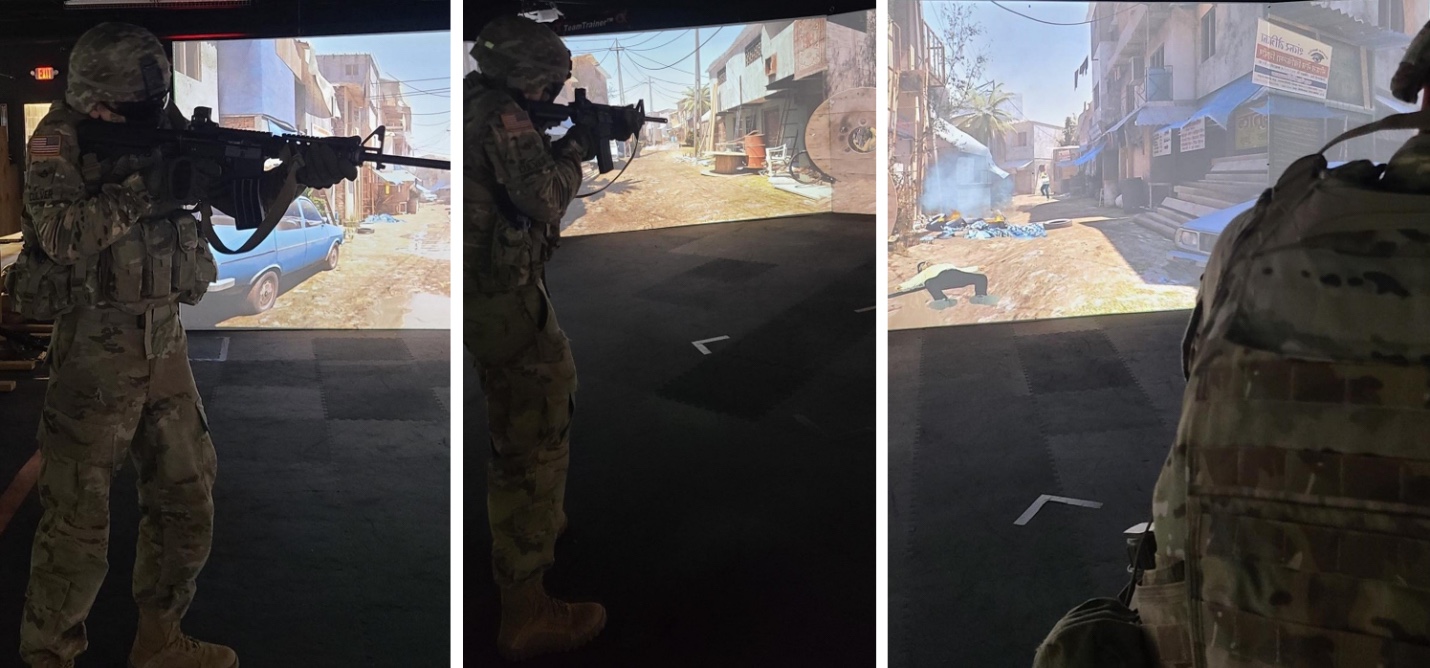
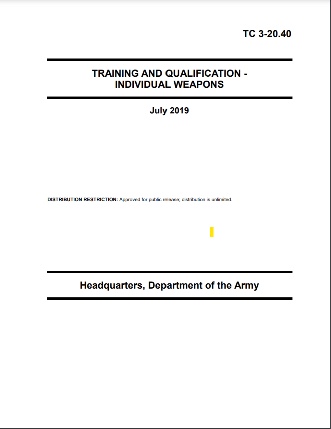 The GfG has been certified to Army Doctrine standard by DOTD, Maneuver Center of Excellence and has created a training path called the “Principal Path” that has been proven to be more efficient and effective than taking the troops to the live fire range. In a recently published Marine Corps MCOTEA study the GfG was shown to be a “viable substitute for live fire.” As we see it here at 5th Brigade, if we continue to invest in the wholistic training of the service member, how they see, think, react and more, we are delivering highly trained, problem solving, lethal service members in the shortest amount of time for Combatant Commanders within their Theaters of Operation.
The GfG has been certified to Army Doctrine standard by DOTD, Maneuver Center of Excellence and has created a training path called the “Principal Path” that has been proven to be more efficient and effective than taking the troops to the live fire range. In a recently published Marine Corps MCOTEA study the GfG was shown to be a “viable substitute for live fire.” As we see it here at 5th Brigade, if we continue to invest in the wholistic training of the service member, how they see, think, react and more, we are delivering highly trained, problem solving, lethal service members in the shortest amount of time for Combatant Commanders within their Theaters of Operation. 
